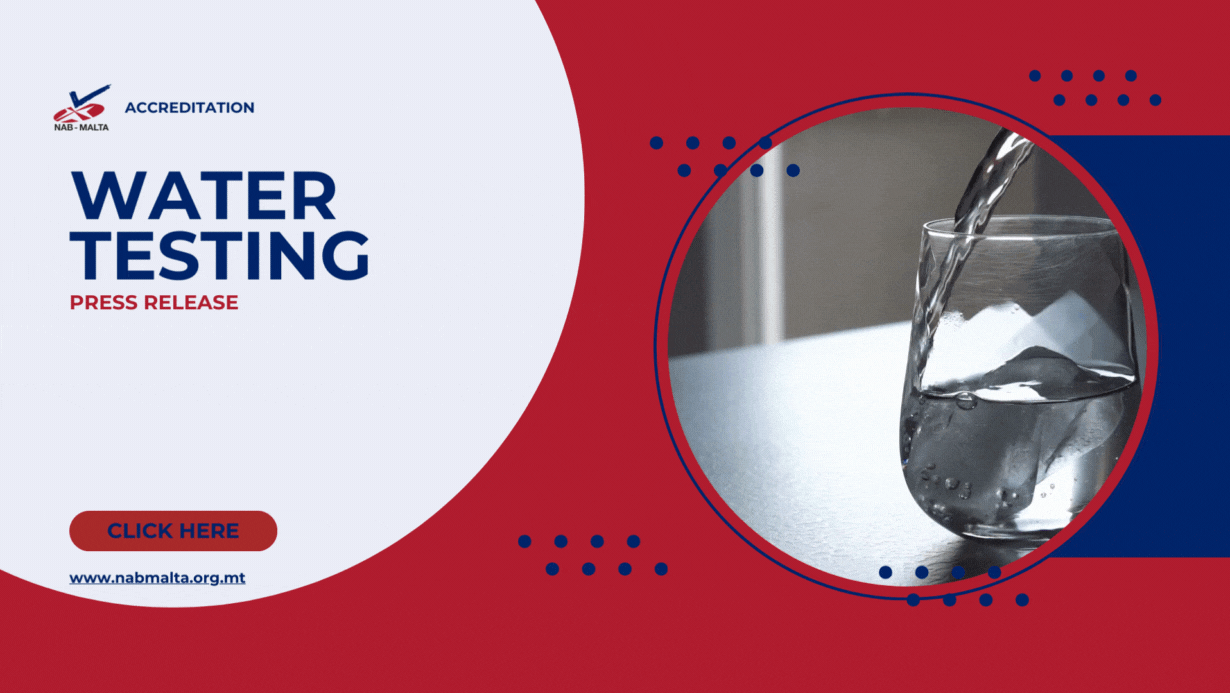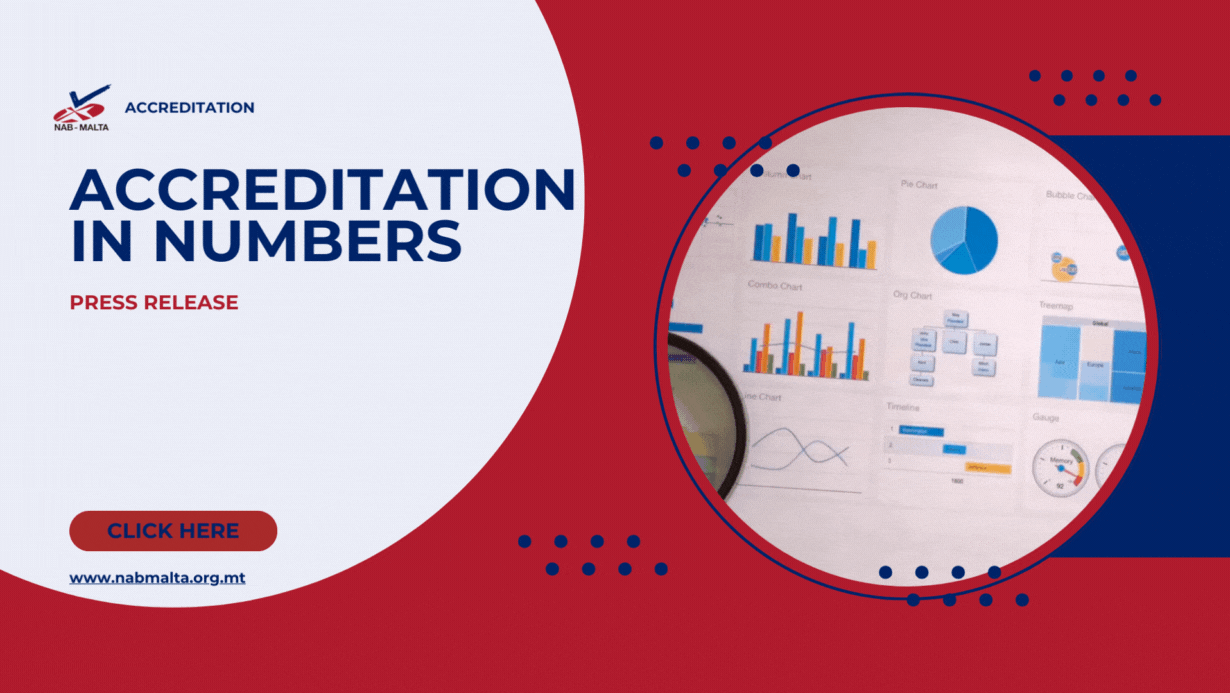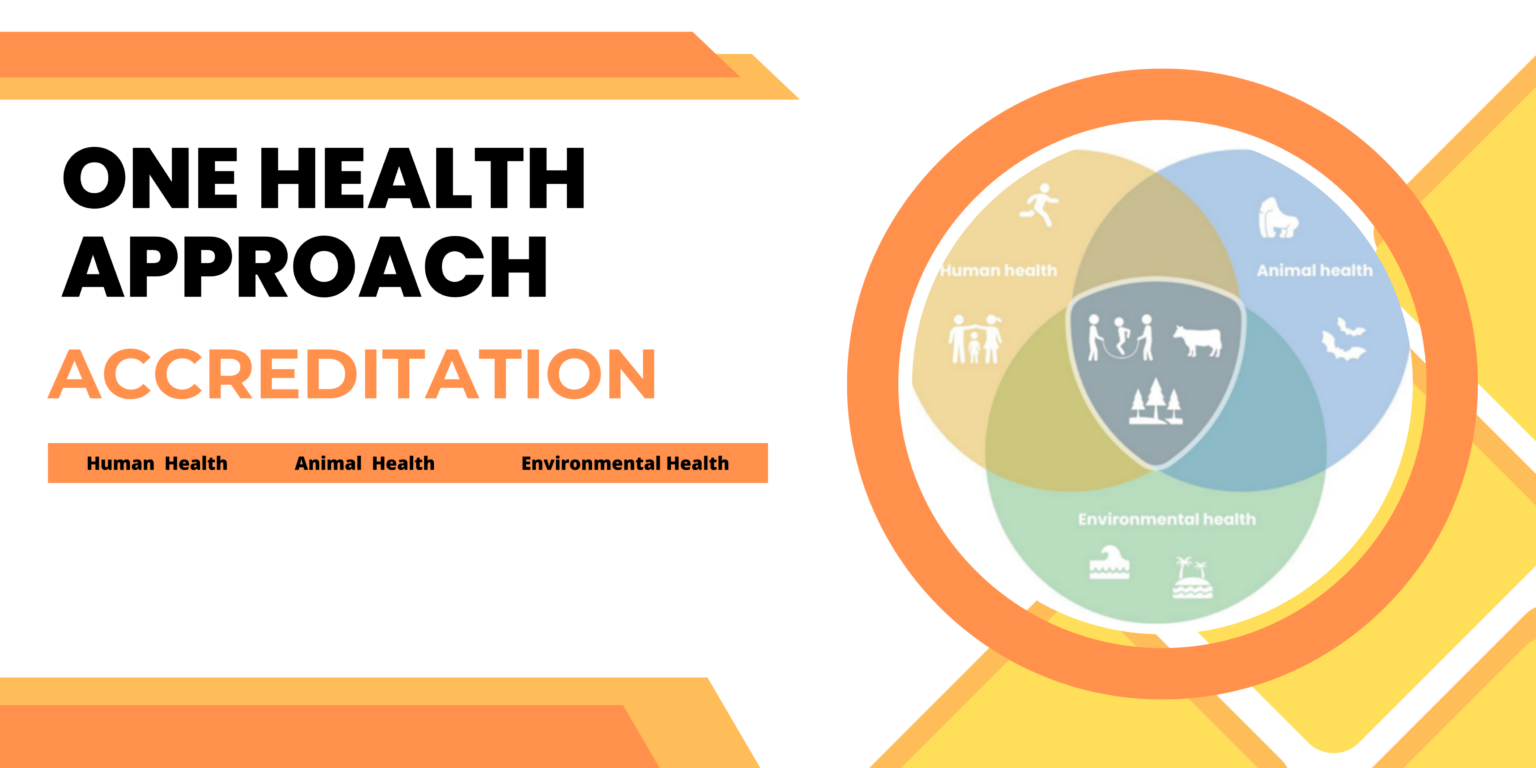What is the NAB-Malta?
NAB-Malta is the National Accreditation Board of Malta. We evaluate the techno-managerial competences of laboratories, certification or inspection bodies, verifiers, etc. delivering confidence to the market, the public authorities and society about the control carried out over products and services.
How can I implement accreditation?
Click below to follow in a step-by-step manner the process of implementing accreditation within your company.
What is accreditation?
Accreditation delivers confidence in certificates and conformity statements. It underpins the quality of results by ensuring their traceability, comparability, validity, and commutability.
Who are the Accredited Bodies?
Nationally recognised private and public enterprises who undergo rigorous audits and assessment activities to hold the accredited status. An updated list of currently accredited bodies is always available on the NAB-Malta web-site.
Accreditation… • helps to increase access to goods and services...
The Covid-19 pandemic was an eye-opener for the Public/Environmental Health...
A review on construction material (concrete) testing answers the question...
"Accreditation provides a structured framework for our laboratory to continually evaluate and improve our processes, which can lead to a higher level of technical competence, increased customer satisfaction, and ultimately, a stronger reputation in the industry."
Ms. Moira Bugeja, Saybolt, Core Laboratories Sales B.V.
Quality Manager
''Accreditation is beneficial to identify the strengths and gaps in our internal systems and processes. It also ensures that a final good quality product or service reaches our customers each and every time ."
Ms. Janica Attard, Terracore Ltd.
Quality Manager




